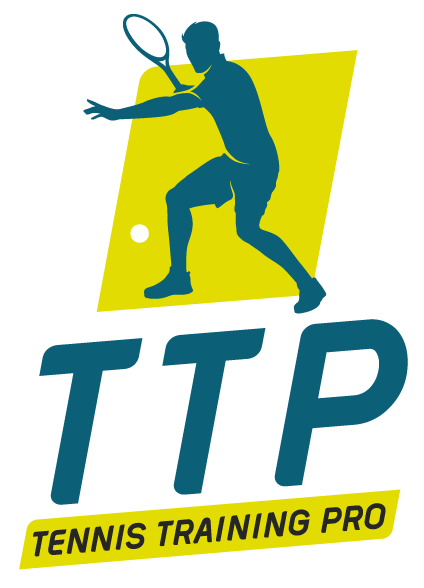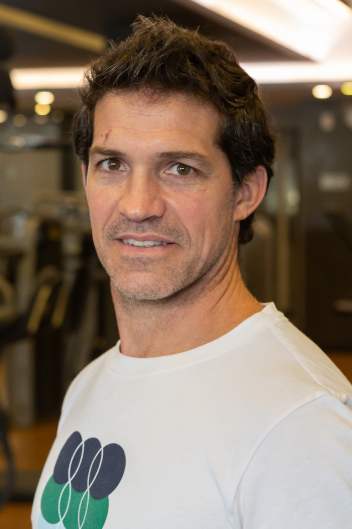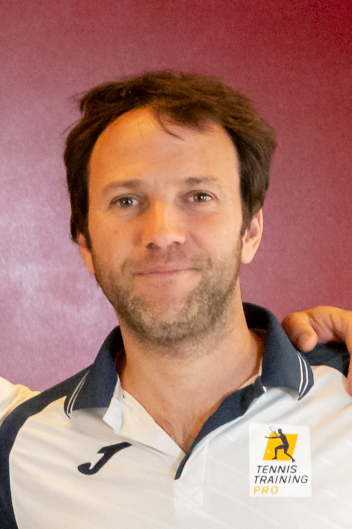“Optimizing Performance in Tennis: Plyometric Training for Speed and Reactivity”
14 de September, 2023
By Martin Beccaria
Tennis has become a sport played at maximum intensity and speed, thanks to research that has driven changes in training methods and means. The question we must ask ourselves is: how can we make a player faster and more reactive on the court? Training in plyometrics is a method that can greatly help us in pursuit of this goal.
Nowadays, the term “plyometrics” is confusing, as any action is labeled as such. In this article, we will refer to plyometrics as the “shock method,” which consists of developing a high level of force immediately after a sudden muscular mechanical stretch, that is, transitioning from an eccentric phase to an isometric and concentric phase as quickly as possible (Verkhoshansky, 1985).
Furthermore, training in plyometrics is a way to work on maximum, explosive, and reactive strength. This is crucial for a tennis player, as they are constantly falling after making a stroke and need to reposition themselves as quickly as possible with good gestural quality.
What do we improve through this ability?
- We increase explosive strength levels, that is, generating force rapidly.
- Increase in reactive strength, due to greater utilization and storage of accumulated energy during stretching.
- Improvements in applied maximum strength levels, with the advantage of having a greater transfer to the specific sport.
- We manage to reduce the energy leakage that can occur through the joints.
Morphological adaptations generated by this training method:
-Increases in:
- Stiffness in tendons and muscles.
- In the muscle’s penetration angle.
- In the length of the muscle fascicle.
- In muscle thickness.
It is clear that plyometrics is a method of simple execution that can provide us with many benefits. However, it is important to note that it is an aggressive training for the joints and requires correct technique, as well as body control when executing.
So… where do we start? The first thing we must know is that no athlete has been injured in the air while jumping; injuries always occur during the landing after the jump. Therefore, having the athlete learn to absorb the body’s energy (landings) is our first mission. Once we have mastered this, we can start performing falls from low heights and continue working on postures and body control.
Our next step is to add a jump after the fall. Initially, we should not worry about the contact time on the floor, but rather, continue to perform repetitions with correct technique (full foot support and a width similar to that of the shoulders, control of knee valgus and correct flexion angle, arms positioned going backward when falling and then using them forward and upward as a jump boost). After mastering these aspects, we will begin to demand that the player try to make their contact time on the floor as short as possible. The final step is to increase the height of the box or the hurdle.
It is valid to clarify that, depending on the objective of the session, we will choose the drop height for the jumps. If our goal is to seek explosive and reactive strength, we should look for a drop height that generates the shortest contact times possible (optimal height). On the other hand, if we are seeking maximum strength, we should look for even higher heights that generate low contact times, which is extremely stressful for the body.
The variations for plyometric training are multiple, as it can also be performed in the vertical as well as the horizontal vector, both on two feet, on one foot, and also in different planes (sagittal, frontal, and transversal).
This type of training can be done both on and off the court, combining it with specific tennis exercises, both with a medicine ball and with the racket.
Finally, there are very important variables to control, such as the volume of impacts performed per session and the height from which one falls. As we mentioned previously, it is an invasive method of training for the body, so performing many repetitions and falling from very high heights will be highly stressful. That is why we will have to exercise great caution with the selected exercises and repetitions.
Bibliography:
- Verkhoshansky, (1999). Everything about plyometric training.
- Ramirez de la Cruz M. Et al (2022). The Effects of Plyometric Training on Lower Body Muscle Architect Tendon Structure and Physical Performance: A Systematic Review and Meta-Analysis. SM.”


 ES
ES EN
EN PT
PT



